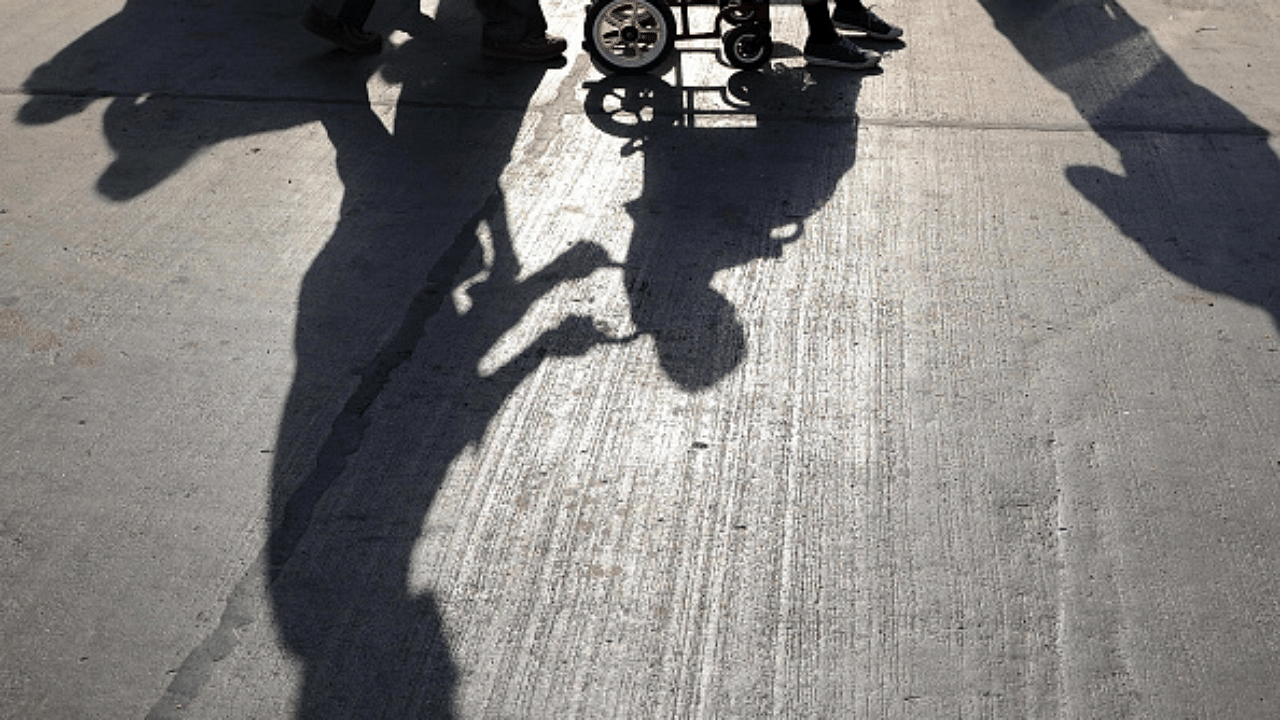
The Australian government is in the process to deport an Indian family because their child was born with a disability, ABC news reported.
Kayaan Katyal, the six-year-old boy was born in Australia with cerebral palsy to an Indian family that has been residing in the country for more than 8 years.
“The fact that he has an Australian birth certificate but he still doesn’t really have any rights in Australia. That just breaks our heart,” his father Varun told the news website.
Varun Katyal shifted to Australia 12 years ago to study European cookery and has been staying there since. His wife also moved there after they got married eight years ago.
After paying all the taxes, passing criminal checks, the family was awaiting permanent residency and wanted to open a restaurant there, the report said.
“The only thing that was wrong with our visa application was not in our hands. The things that were in our hands, we did right,” Varun added.
Under the Australian Migration Act, families who aren’t permanent residents are supposed to be deported if their children have a disability.
However, data on how many children have been deported because of their disability is not clear. But the report said that many advocacy groups have come across about a dozen cases each year.
The Australian media outlet quoted Jan Gothard, the co-founder of the advocacy group Welcoming Disability saying, “They're on a permanent trajectory [for residency], then a child with a disability is born and all of a sudden they're just not good enough for us.”
The United Nations, in its 2019 report also called out Australia for its immigration rules and asked the country to make it more equitable.
Another family in the country has been fighting for their permanent residency for the last nine years, but have got a red signal from the government because their child has a medical condition.
However, the Department of Home Affairs in Australia denied the claim of discrimination among people and said that the current rules were pragmatic and balanced compassion and cost containment.